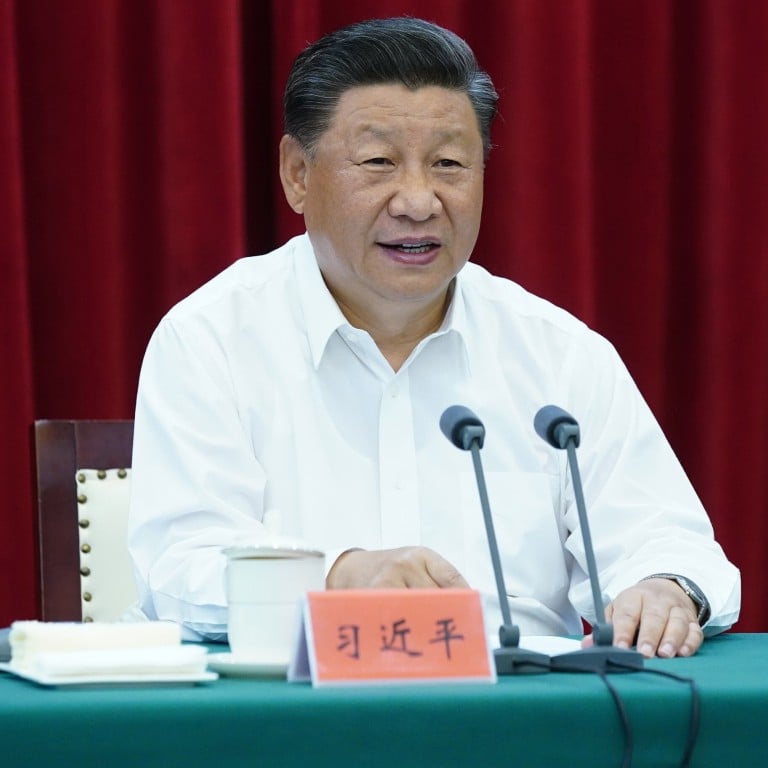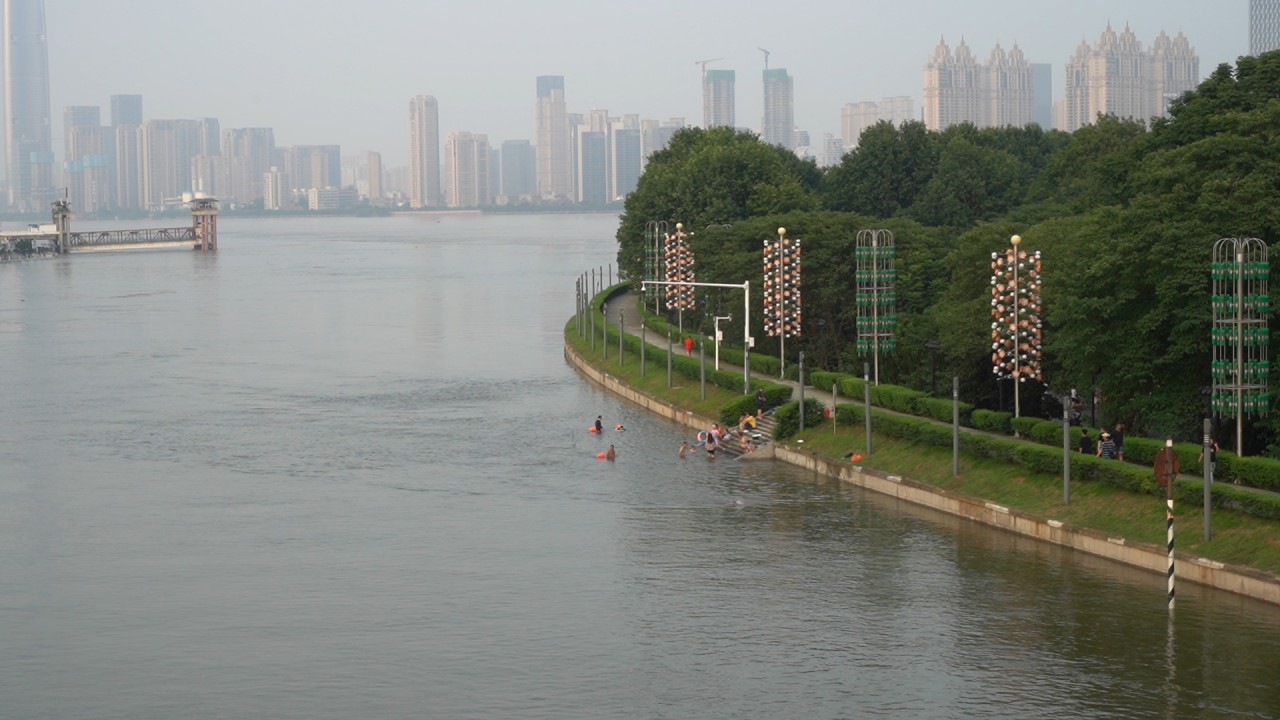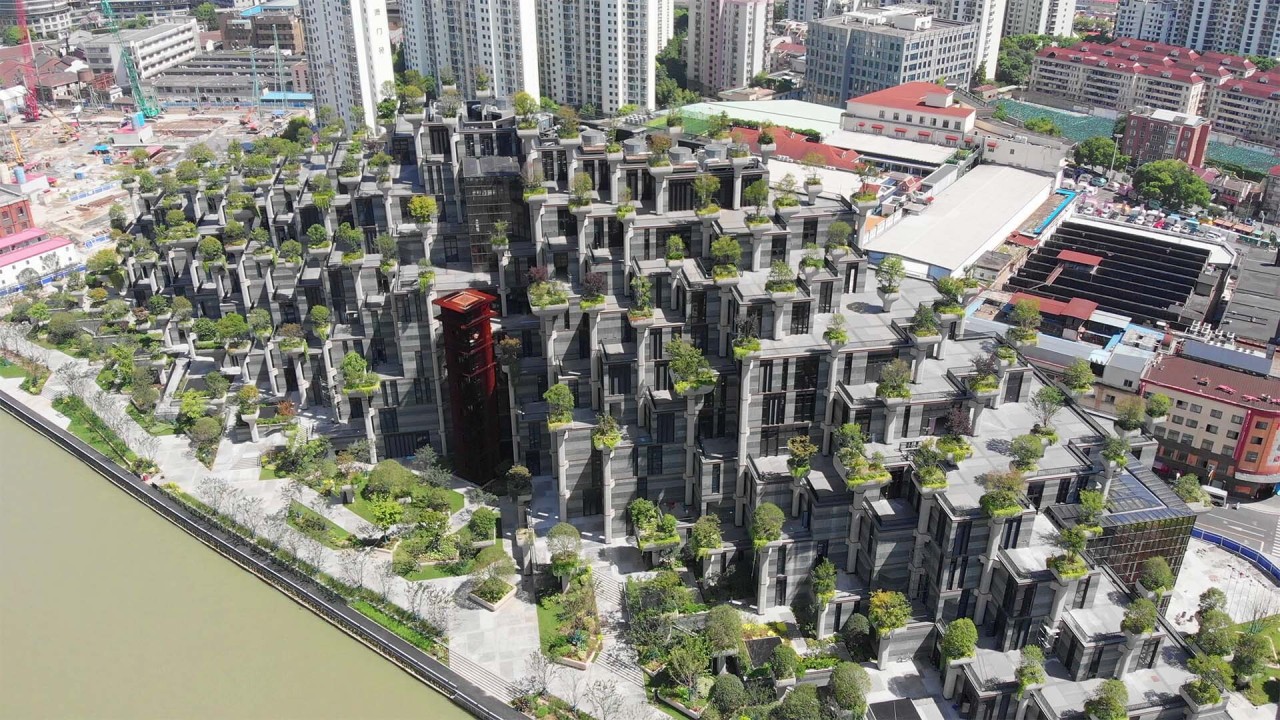
China to use Yangtze River Delta development to showcase ‘dual circulation’ economic strategy
- President Xi Jinping says the region centred around Shanghai will be a model for the implementation of the government’s ‘dual circulation ‘strategy
- Xi announced the plan in May as a way of offsetting external shocks and uncertainty by focusing on developing China’s domestic economy
Chinese President Xi Jinping has vowed to use a development plan for the prosperous Yangtze River Delta region to showcase his “dual-circulation” strategy, which will focus on making the domestic economy more resilient while continuing to support exports.
In a speech last week, Xi highlighted the need to break down administrative barriers, enhance policy coordination and allow the easier flow of land, labour, entrepreneurship and capital in the region.
“The Yangtze River Delta must make full use of its advantages in talent, technologies, manufacturing capabilities, industrial chains and large market potential to actively explore the path to a new development pattern,” Xi said at a symposium in Hefei, the capital city of Anhui, on Thursday.

03:05
Massive floods hit communities along China’s Yangtze River, where more rain is in the forecast
“It needs to not only bring excellent products, but also supply high-level technologies to support the nation’s high-quality development.”
Despite its official adoption, the policy – which aims to promote greater self-sufficiency – has raised concerns it represents a reversal of late paramount leader Deng Xiaoping’s open-door policy, which was introduced in late 1970s and paved the way for China’s rapid economic development over the past four decades.
Beijing has stressed it will continue to open up its domestic market to foreign businesses and investors, but it is not yet clear how economically feasible the strategy will be.
The province of Anhui, which has a population of 70 million and is the 11th largest provincial-level economy in China, was only fully included in the development plan in December, when the Yangtze River Delta was earmarked as a national development priority.
“Anhui’s inclusion is like an improvement of the soil and its moisture for farming. With excellent seeds, crops will grow better,” Xi was quoted as saying by the People’s Daily, the Communist Party’s mouthpiece.
While Shanghai will continue to lead the region’s economy, Anhui is expected to see closer connections with coastal provinces and potentially more investment to utilise its market and abundant resources under the plan.
Xi ordered the four Yangtze River Delta provinces to innovate in key areas, such as integrated circuits, biological science, medicine and artificial intelligence.
“The innovation and development rights must be firmly grasped in our own hands,” Xi said, in apparent reference to US efforts to contain China’s technology development.

03:14
China's ‘terraced’ buildings maintain reputation for unorthodox architecture
Anhui is a hub for indigenous research and is home to the University of Science and Technology of China, as well as local tech firms such as iFlyTek, Hefei Meiling and Hefei Bitland, which were recently added to the US Commerce Department’s entity list for their involvement in alleged human rights abuses against ethnic Muslim minorities in Xinjiang province.
Liu Xuezhi, a senior researcher with the Bank of Communications in Shanghai, said the inclusion of Anhui suggested Xi intended to expand domestic demand by boosting growth in inland provinces.
Economic development has relied on coastal regions over the past 40 years, Liu said, adding emphasis was now shifting to central and western China.
The Yangtze River Delta region recorded economic growth of 0.2 per cent in the second quarter, improving from a 5.7 per cent contraction in the first quarter.

